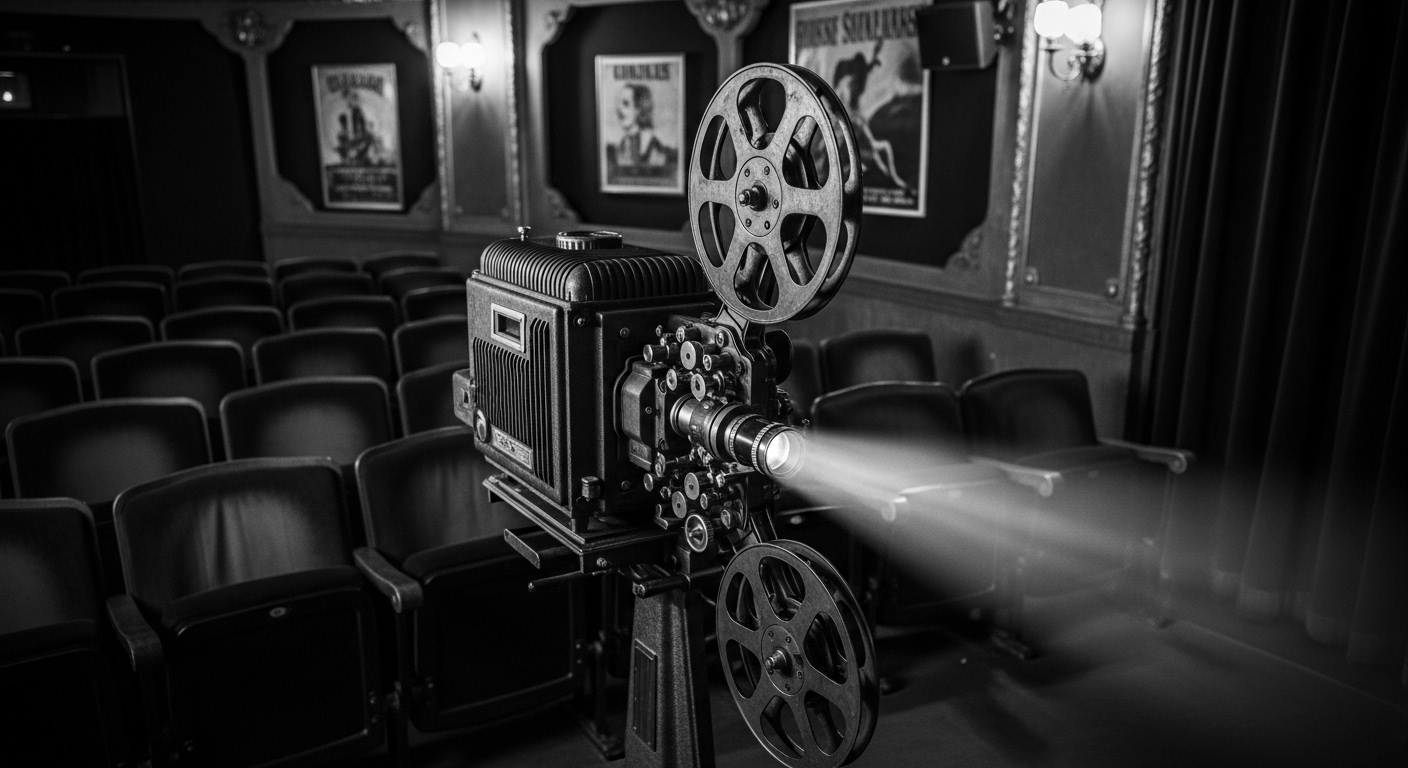Captivating Waves: The Unseen Influence of Silent Cinema on Modern Filmmaking
Introduction: Silent cinema, an art form that once dominated the silver screen, may seem like a relic of the past to contemporary moviegoers. Yet, its enduring influence on modern filmmaking is undeniable and intriguing. This article delves into the rich history of silent films, their current resurgence, and the profound impact they have on today's cinematic landscape.

Echoes of a Bygone Era
Silent cinema marks the dawn of the film industry, a period from the late 1880s to the late 1920s when motion pictures were primarily without synchronized recorded sound. These films relied heavily on visual storytelling, incorporating exaggerated performances, intricate set designs, and innovative camera techniques to communicate the narrative. Silent film stars like Charlie Chaplin and Buster Keaton became household names, their expressive acting and comedic timing transcending language barriers.
Silent Cinema’s Resurgence
While silent films may seem outdated in an era of high-definition visuals and surround sound, numerous filmmakers and audiences are rediscovering their charm. The 2011 movie “The Artist,” a homage to silent cinema, won five Academy Awards, including Best Picture, signifying a renewed interest in this old-school art form. Film festivals and museums worldwide are also hosting silent film screenings, providing these classics a platform to shine once again.
Impact on Modern Filmmaking
Silent cinema’s influence on modern filmmaking is subtle yet profound. Contemporary directors often draw inspiration from silent films to create visually compelling narratives. For instance, the use of long, uninterrupted takes, a staple of silent cinema, is prevalent in today’s movies. Furthermore, silent films’ emphasis on visual storytelling has shaped the cinematic language, encouraging filmmakers to “show, not tell.”
Significance and Reception
Silent cinema’s resurgence is not just a nostalgic throwback but a rediscovery of a powerful form of storytelling. Today’s audiences are increasingly appreciative of silent films, recognizing their artistic value and creative potential. Critics, too, laud the silent cinema era for its pioneering contributions to the film industry.
A Silent Revolution
In conclusion, silent cinema is far from being a forgotten relic. Its echoes reverberate in modern filmmaking, influencing narrative techniques, visual aesthetics, and storytelling dynamics. As we continue to explore and appreciate this golden era, we realize that the magic of cinema truly lies in its ability to transcend time and technological change, speaking volumes without uttering a single word.






